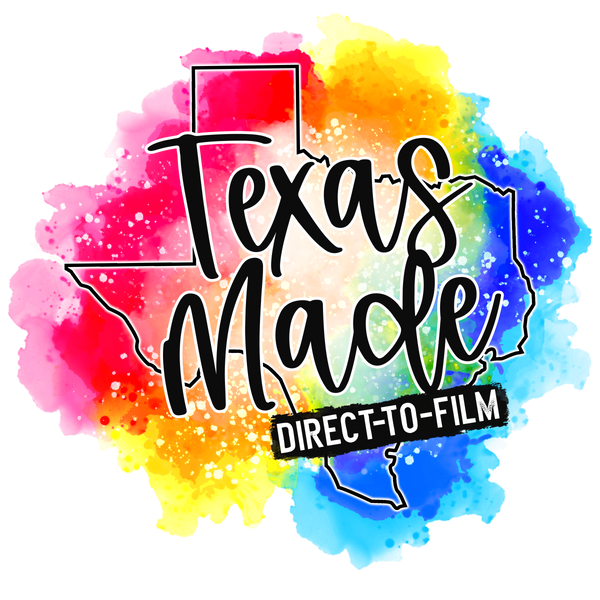Many garment decoration business owners discover that their present customisation technology encounters difficulties while reviewing their business scope. "How many orders can I handle at once?" "How long will it take to prep before printing?" or "What's the quickest turnaround time that remains profitable?" are typical questions. Businesses must assess existing technologies to determine which equipment addresses these challenges, answers these questions, and offers the most adaptability for success.
Fortunately, digital printing options such as direct-to-film (DTF) printers can provide a solution. DTF printing technique allows for the creation of several detailed, colourful pictures with minimum effort. Furthermore, the convenience of applying transfers shortens the time necessary for shirt manufacture. The printing process's speed enables faster turnaround times for larger assignments. Let's look at the benefits of a flexible DTF printer business.
No Need to Convert Your Images
A notable disadvantage of several technologies is the lengthy preparation necessary prior to printing. For example, screen printing divides an image into various colours, each requiring a separate screen. Embroidery involves capturing and translating a picture into a file format that defines stitches and instructions, which might take hours or even days.
In contrast, DTF printing enables high-definition, full-color photos without losing quality. There is no need to create colour layers or screens. RIP software facilitates the designing of large-scale print projects and delivers on-demand information. You may begin printing right from the program without any further preparations, making printing simple and accessible. This adaptability allows for the management of complex designs as well as the capture of profitable expansion prospects when taking on new projects.
Reducing Time Spent per Shirt
Another important consideration is the pace with which shirts are produced. Common enquiries include, "How long does it take each technology to produce a single shirt?" "Are there limitations on what I can print?" followed by "How much physical labour does each technology require?" Direct to Garment (DTG) printing, for example, requires pre-treating blank shirts, particularly dark clothing, with white ink, which might take time.
Screen printing also needs a lot of manual labour and time, as each coat of colour must be applied and allowed to dry. This method can slow down manufacturing, particularly for big print runs.
DTF printing, on the other hand, can create hundreds of transfers at once by printing directly onto a specialised film that is subsequently heat-pressed onto clothing. This efficiency means that manufacturing isn't restricted to one garment at a time, and the pressing process is speedy, taking only 15 seconds for each shirt. This simplicity enables organisations to take on larger tasks with greater flexibility and convenience, cutting time per shirt and creating new opportunities.
Flexibility is Key
So, what is the key to operating a flexible DTF printer business? Flexibility. DTF provides the best opportunities with the least amount of sacrifice at each barrier. Importing picture files does not require any specific preparations or adjustments, making DTF a perfect choice for high-resolution transfers with elaborate artwork.
With less preparatory time, DTF can satisfy the needs of print jobs with shorter deadlines. Need 500 t-shirts in under 36 hours? If blanks, supplies, and design files are readily accessible, a direct-to-film printer can begin production quickly and achieve the deadline. If the client has their own heat press, it is even easier to produce and sell individual transfers.
DTF printing exceeds competing technologies, such as DTG, in terms of quality and consistency throughout large print runs. Unlike screen printing, which takes extensive preparation time and is best suited to big quantities, DTF can handle both small and large orders effectively. This mobility enables organisations to expand and achieve by confidently accepting new possibilities and larger print orders.
Conclusion
Direct-to-Film (DTF) printers provide a game-changing alternative for garment decorating companies dealing with the problems of current customisation requirements. DTF technology enables businesses to easily manage a wide range of orders, from small batches to large-scale projects, by eliminating significant preparation, saving manufacturing time per shirt, and providing unrivalled flexibility. This flexibility not only improves operational efficiency but also creates new opportunities for development and profitability, ensuring that firms stay competitive and capable of satisfying their consumers' shifting expectations.
Check out our Facebook Page and Community Group for offers and more updates
FAQs

